The presence GMO’s, or genetically modified organisms, in a food is not required to be stated on the label and sadly nearly 70% of processed foods in your local supermarket contain GMO’s. Healthy Child, Healthy World has been a trusted resource for more than 20 years and is on a mission to empower parents to protect children from harmful chemical providing us with 5 easy steps to help you avoid GMO’s:
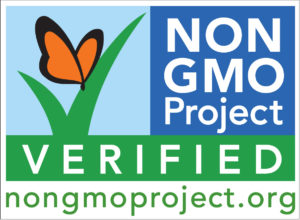
- Know What Foods You Eat the Most: To avoid feeling overwhelmed, start looking at the foods your family consumes the most and make them a priority for GMO-free products. Eliminating or finding alternatives to your primary sources of GM ingredients will make a huge impact. Once you feel comfortable, start considering other goods that are most likely to have been the result of genetic engineering. The top 7 genetically modified crops are: corn, soy, cotton (cottonseed oil is used in margarine, shortening, and for frying foods like potato chips) alfalfa (used to feed conventionally-raised farm animals) papaya, canola, and sugar beets.
- Look for the Labels “NON-GMO” or “NON-GM”: Look for products with third-party certification from a credible organization such as the non-GMO project. If you are able to support manufacturers that produce foods that are not genetically engineered, you encourage other manufacturers to follow their lead.
- Buy Foods Labeled “100% Certified Organic”: Labeled with the USDA National Organic Program seal. Laws in both the US and Canada do not allow food labels that say “100% Certified Organic” to contain any genetically engineered food. This includes animals as USDA certified organic animals cannot be fed any feed with GM ingredients.
- Buy Whole, Fresh Food: Processed foods are more likely to contain genetically modified ingredients. Some whole foods still might be genetically modified- think corn- but buy removing processed foods from your diet you drastically limit your exposure not just to GM foods but also other harmful chemicals often found in processed foods.
- Help Tell the Story: Share what you have learned about the potential health and environment impacts of GMO’s with your friends, family, co-workers, and community. Help guide them in making smarter purchases by offering easy, simple tips to avoiding GMO’s. In doing so, you don’t just protect your family – you protect the next generation by igniting the conversation. Learn more at http://www.healthychild.org/
We’re proud to offer all Baby Mum-Mum products that are certified by the Non-GMO Project – look for the butterfly.

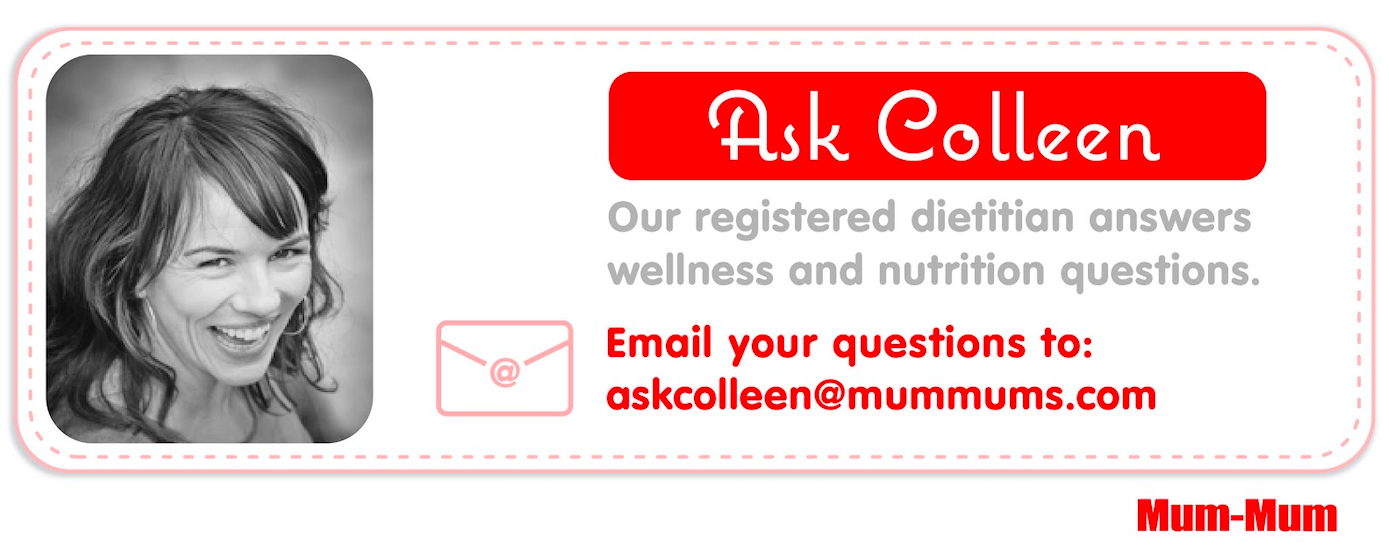
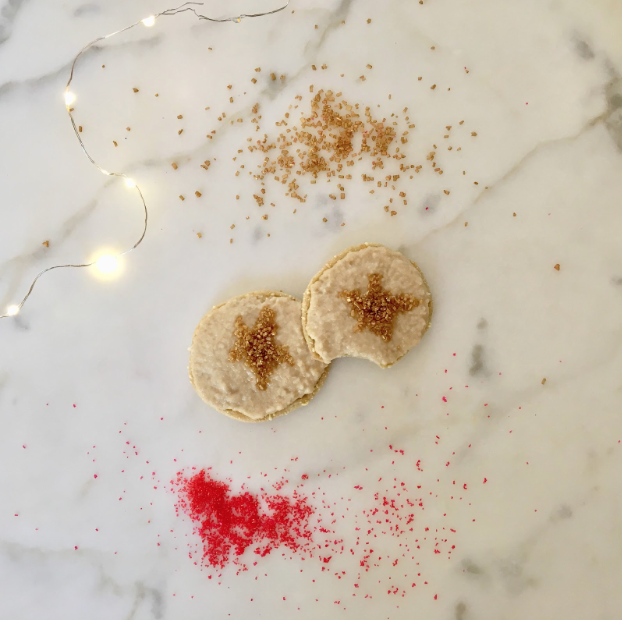

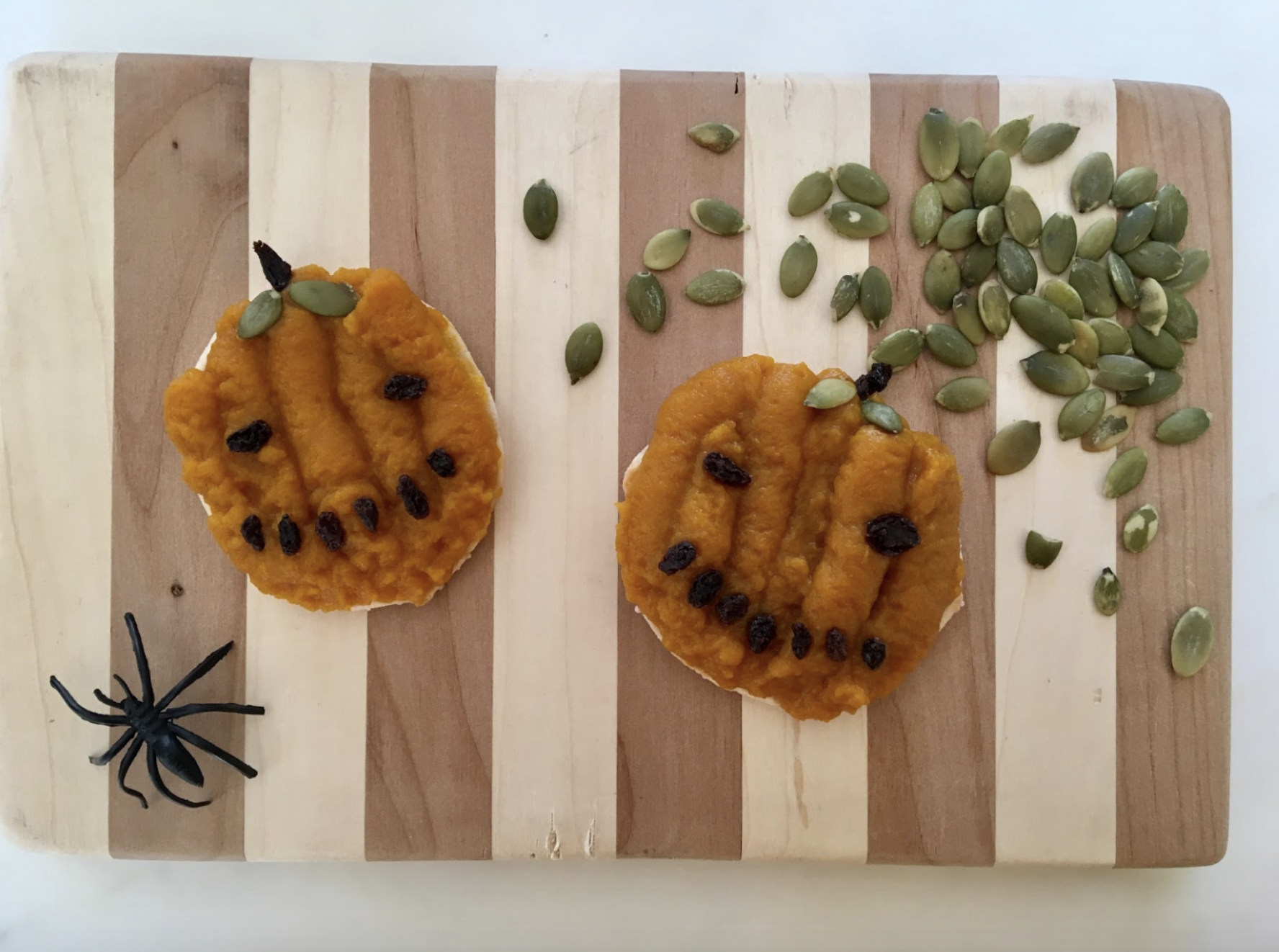

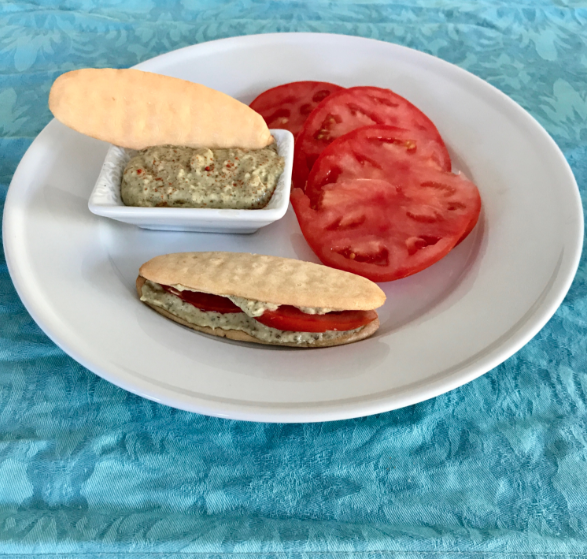

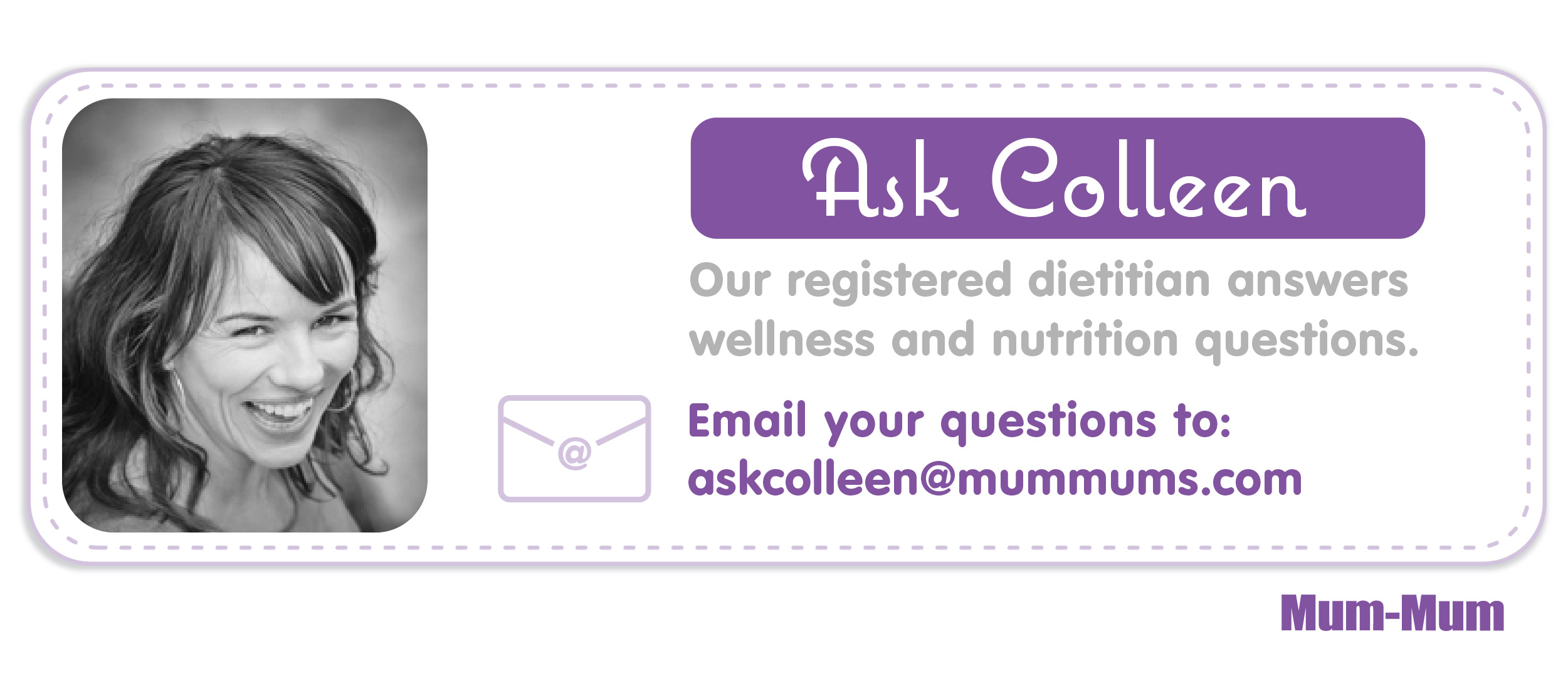
Be the first to comment